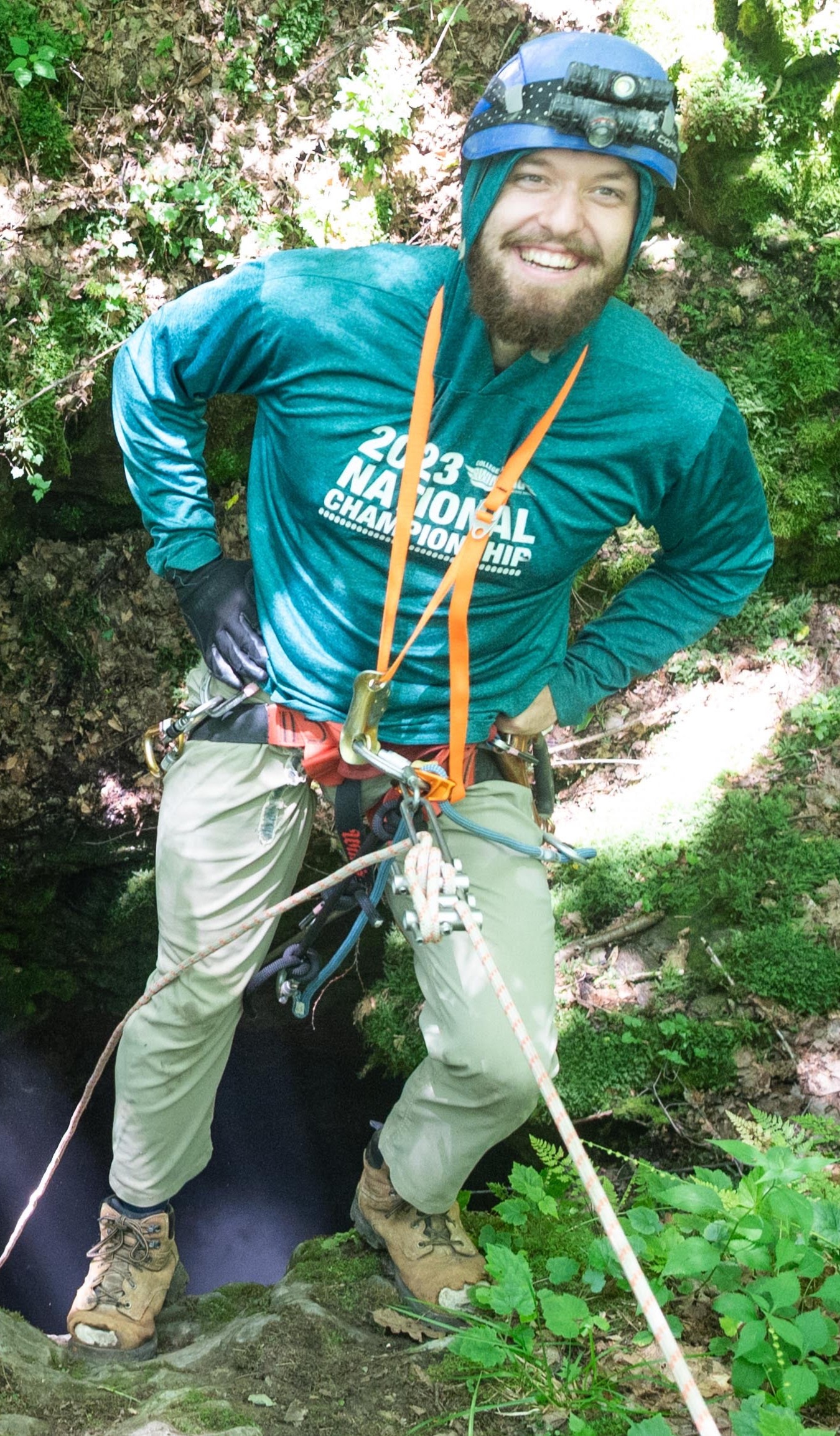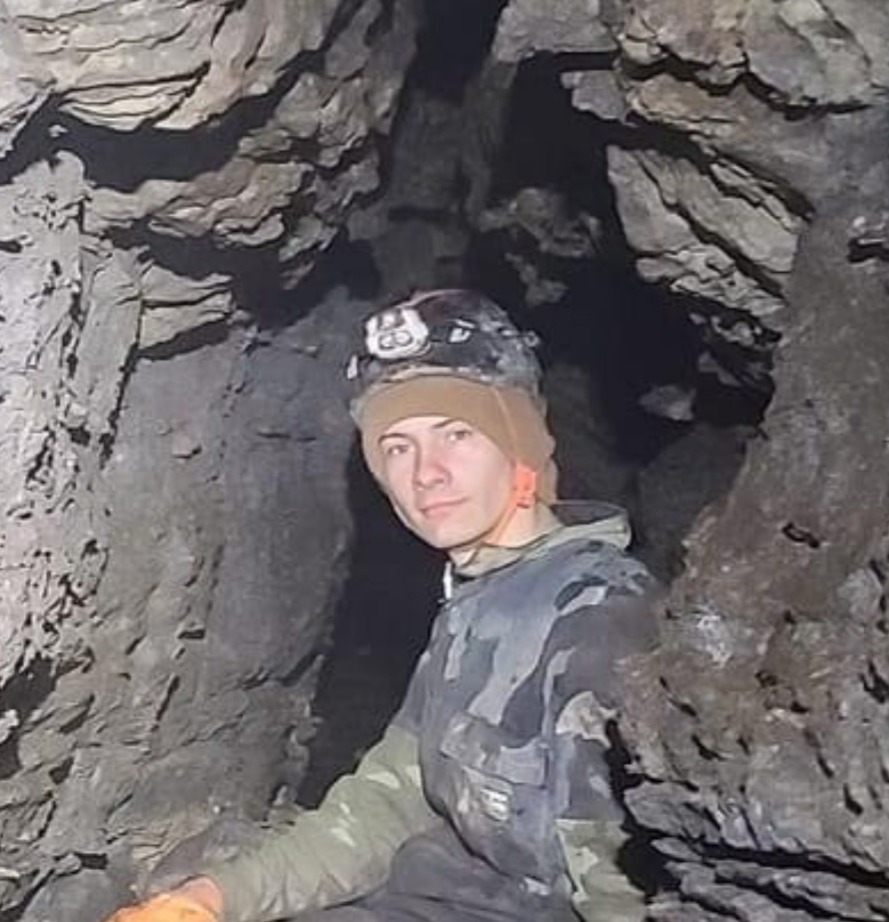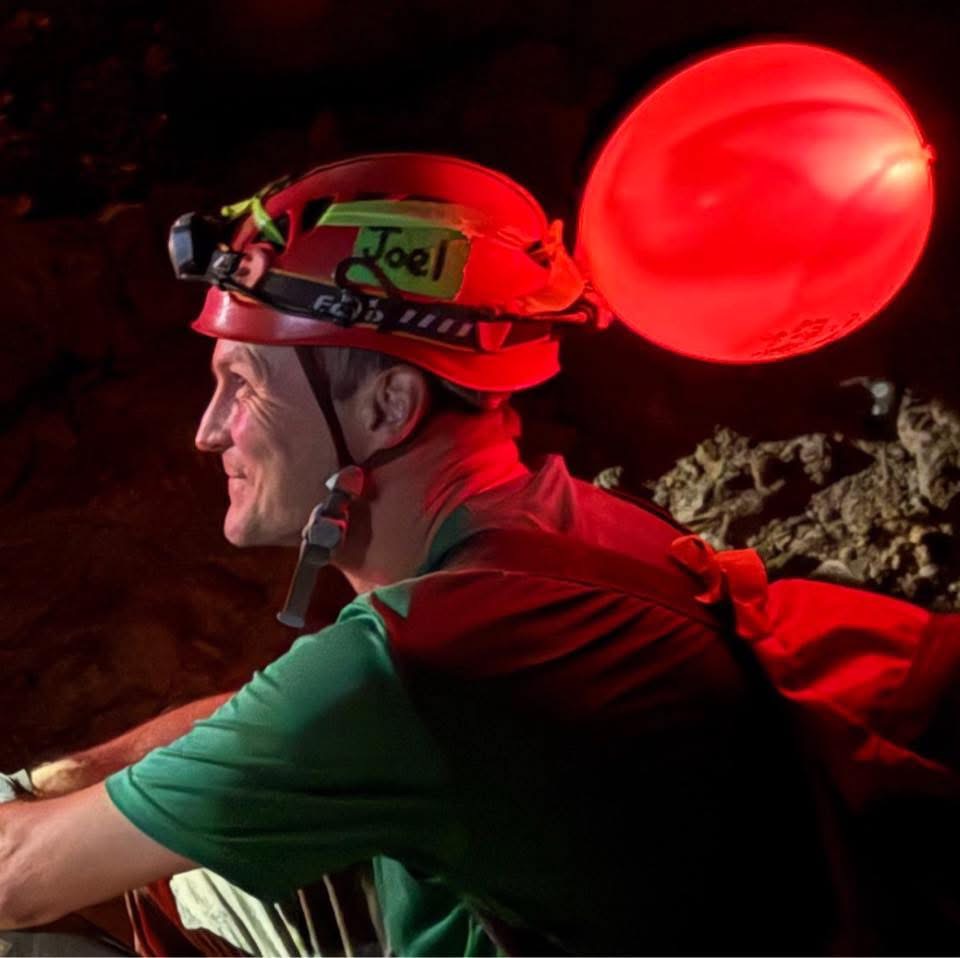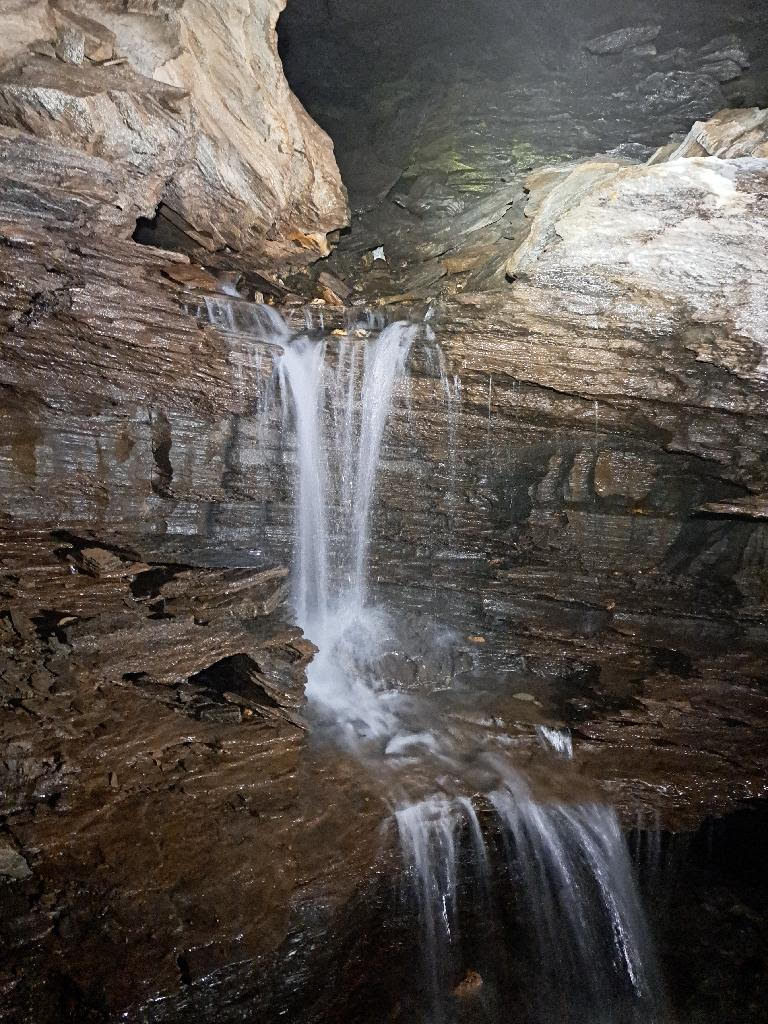The Vermont Cavers Association
Caving, conservation, and community across Vermont’s karst regions.
Our Mission
The purposes of this organization shall be the same as those of the National
Speleological Society, namely, to promote interest in and advance in any and
all means the study and science of speleology; the protection of caves and
their natural contents; and to promote fellowship among those interested
therein, with the additional purpose of organizing NSS members in Vermont,
to better promote the objectives of the NSS.
Teaching those interested about the wonders beneath our feet, the VCA hopes to provide education to recreationally cave. We are a Grotto in Vermont that hopes to provide opportunities to cave with experienced individuals.
VCA Committees
The the descriptions given to each Committe is not exhausive. If you are interested in getting involved with a Committee, reach out to leadership.
- The Scientific Study Committee activities include dye tracing, documenting invertebrate’s, temperature, water level, humidity and air flow monitoring. Organizing or acting as a contact for scientific studies in cave and cave-adjacent environments.
- The Vertical Caving Committee will consist of VCA members helping interested individuals obtain the appropriate and sufficient competencies, critical thinking, and problem-solving skills needed to be safe while using vertical caving techniques. The VCA CANNOT CERTIFY YOU WITH THIS COMMITTEE! This group exists to pass on critical, life-saving knowledge to those that promise to apply it carefully.
- The Cave Survey Committee shall be engaged in gathering speleological data in Vermont, mapping the uncharted caves of Vermont. Compiling cave depth and length lists as well as tracking down and documenting cave rumors.
- The Preservation, Conservation & Acquisitions Committee shall promote conservation, management, and acquisition of caves and karst areas having significant geological, hydrological, biological, recreational, historical, or aesthetic features.
- The Safety (Rescue) Committee will support trainings and programs that promote responsible caving, best practices and cave safety including general caving techniques, vertical caving skills and cave rescue.
- The Digging Committee will Compile a list of Vermont caves leads, Sump dives and organizing dig projects including ridge walks for members synchronizing with VCA activity.
- The Library Committee shall develop and maintenance of a comprehensive library of Vermont speleological subjects and topics for use of members including technical publications, textbooks, maps, periodicals. Converting the library collection to digital for addition to VCA website members only section.
- The Vermont Cave & Mine Database Committee shall compile GPS locations, parking and access routes.
- The Historian Committee will compile the history of Vermont caving and the VCA for additions to the website and library, working with the Library Committee.





